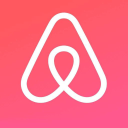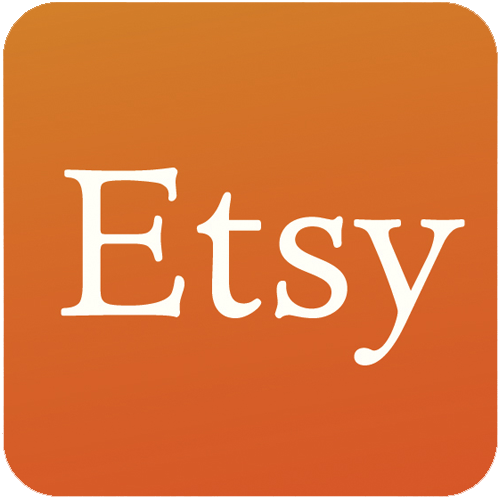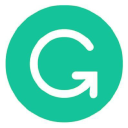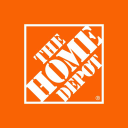How I Started A $8K/Month Pool Service And Installation Business
Hello! Who are you and what business did you start?
I’m Dan Stewart and I’m the founder of Dundas Valley Pools. We help homeowners with swimming pools in Southern Ontario, Canada maximize the summers in their backyard. We do this by providing personalized, on-site services such as pool openings/ closings, pool maintenance, equipment installations, pool renovations, and new pool installations. Since our humble beginnings in May of 2016 we have serviced 350+ pools, opened and closed 200+ pools, and have installed tons of high-quality pool equipment, pool liners, and winter safety covers for happy customers throughout Southern Ontario.
Although Dundas Valley Pools began as a company focusing solely on pool openings and closings, we have confidently moved into more and more technical services such as leak detection and repair, liner repair and installation, winter safety cover installations, and pool/backyard renovations. We plan...

Download the report and join our email newsletter packed with business ideas and money-making opportunities, backed by real-life case studies.

Download the report and join our email newsletter packed with business ideas and money-making opportunities, backed by real-life case studies.

Download the report and join our email newsletter packed with business ideas and money-making opportunities, backed by real-life case studies.

Download the report and join our email newsletter packed with business ideas and money-making opportunities, backed by real-life case studies.

Download the report and join our email newsletter packed with business ideas and money-making opportunities, backed by real-life case studies.

Download the report and join our email newsletter packed with business ideas and money-making opportunities, backed by real-life case studies.

Download the report and join our email newsletter packed with business ideas and money-making opportunities, backed by real-life case studies.

Download the report and join our email newsletter packed with business ideas and money-making opportunities, backed by real-life case studies.









































































